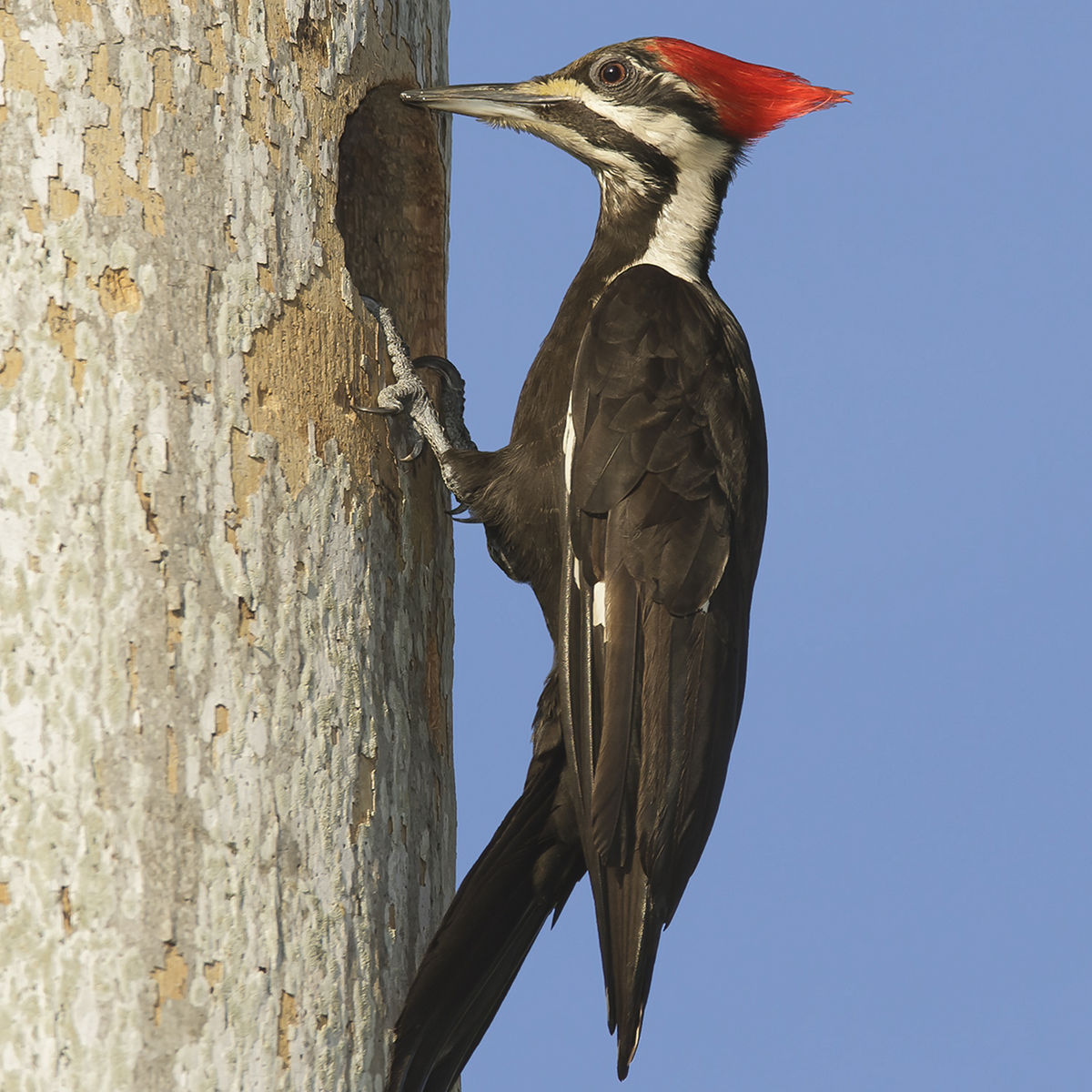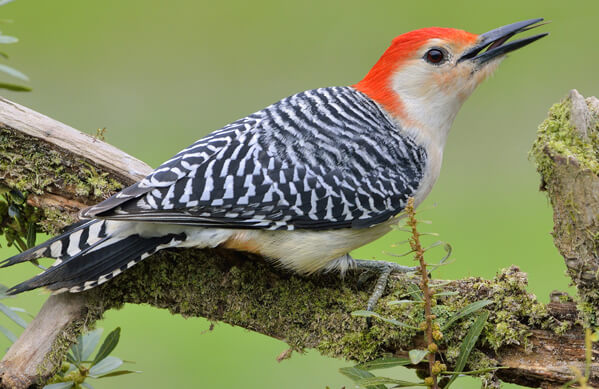Recognizing Woodpeckers in Florida: Habits, Species, and Environments
Recognizing Woodpeckers in Florida: Habits, Species, and Environments
Blog Article
Unveiling the Keys of Woodpeckers: Actions, Environment, and Extra
Woodpeckers, with their unique habits and specialized adaptations, have lengthy fascinated scientists and nature lovers alike. By uncovering the mysteries surrounding woodpeckers' behavior and environment selections, a much deeper understanding of these bird marvels arises, using a glance into their interesting world.
Woodpecker Actions Insights
In taking a look at woodpecker habits, an interesting display screen of specialized skills and adaptations arises, clarifying their exceptional environmental specific niche - Woodpeckers in Florida. Woodpeckers, known for their distinctive drumming on trees, possess a selection of behavior attributes that contribute to their survival and success in their atmosphere. One essential behavior is their drumming, which serves several functions such as communication, establishing region, bring in mates, and situating food resources. This balanced pecking additionally showcases their exceptional toughness and endurance, as they can hammer away constantly at broadband without causing injury to themselves.
Furthermore, woodpeckers exhibit a special feeding actions identified by their ability to essence bugs from tree bark utilizing their specialized beaks. Their long, barbed tongues aid in recording prey, while their solid neck muscular tissues give security and accuracy during pecking movements. This feeding technique allows woodpeckers to accessibility surprise insect larvae and extract them with remarkable performance.
Habitat Preferences and Option
What aspects influence the habitat preferences and selection of woodpeckers? Woodpeckers are highly adaptable birds understood to populate different atmospheres worldwide. Nevertheless, they do show choices for particular habitat characteristics. One vital aspect influencing woodpecker habitat choice is the accessibility of suitable nesting sites. Woodpeckers normally prefer forests with a mix of fully grown trees that provide ample possibilities for cavity excavation. These dental caries work as critical nesting and roosting sites for woodpeckers and are important for their reproducing success.
Furthermore, woodpeckers reveal a choice for habitats with a plentiful supply of food sources. They are mainly insectivorous, feeding upon beetles, ants, larvae, and various other insects found in rotting timber or tree bark. Therefore, woodpeckers have a tendency to favor woody locations with a diverse insect populace to meet their nutritional demands.
In addition, the existence of dead or worn out trees is another crucial consider woodpecker habitat choice. These trees not only offer food sources but also use appropriate substrate for dental caries excavation. Dead trees are important for the maintenance of healthy woodpecker populations, as they play a vital duty in the woodpeckers' life cycle and community characteristics.
Feeding Practices and Diet Plan Make-up
Woodpeckers show a specialized feeding behavior focused on foraging for pests within different habitats. In enhancement to pests, woodpeckers likewise eat tree sap, fruits, nuts, and seeds, adding selection to their diet regimen depending on the period and accessibility of food sources.
The foraging techniques of woodpeckers are well-adapted to their arboreal way of living. Woodpeckers play a vital duty in maintaining the wellness of woodlands by managing insect populations and assisting in the disintegration of timber.
Drumming Appears and Interaction
Making use of rapid drumming noises on different surface areas, woodpeckers use a distinct form More Bonuses of interaction to signal territory boundaries and draw in friends. This drumming habits is not only a way of interaction yet additionally acts as a method for woodpeckers to establish their existence within a particular area. The intensity, speed, and pattern of the drumming can hop over to these guys convey vital information to other woodpeckers in the location.
Woodpeckers use drumming noises to reveal their presence in a territory and to warn off potential burglars. The loud and repeated nature of the drumming serves as a clear signal to other woodpeckers that the area is currently declared. This helps in lowering conflicts and minimizing physical confrontations in between individuals.

Survival Adaptations and Specialized Composition

Conclusion
To conclude, woodpeckers exhibit one-of-a-kind behaviors, such as drumming sounds for interaction, and have actually specialized anatomy for survival in their chosen habitats. Their feeding behaviors and diet structure even more demonstrate their versatility to numerous atmospheres. By understanding these aspects of woodpeckers, scientists and guardians can better protect and protect these fascinating birds and their ecosystems.
Report this page